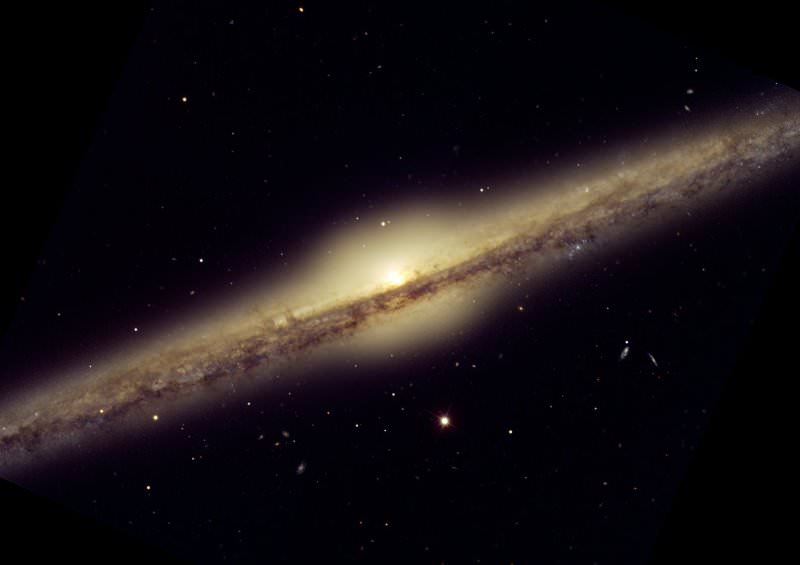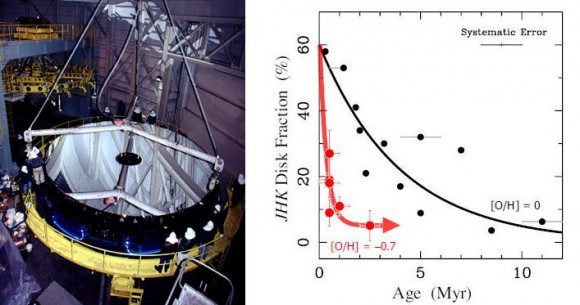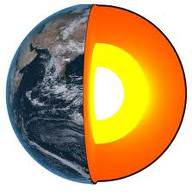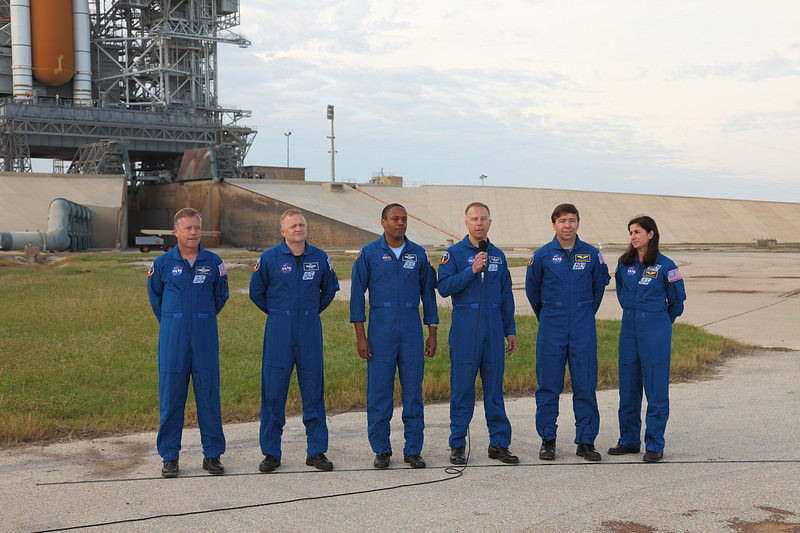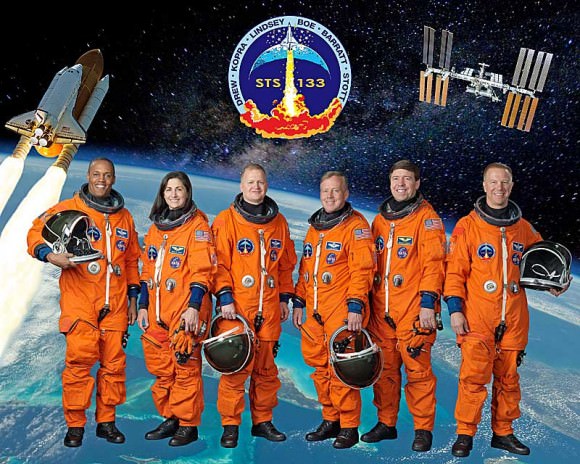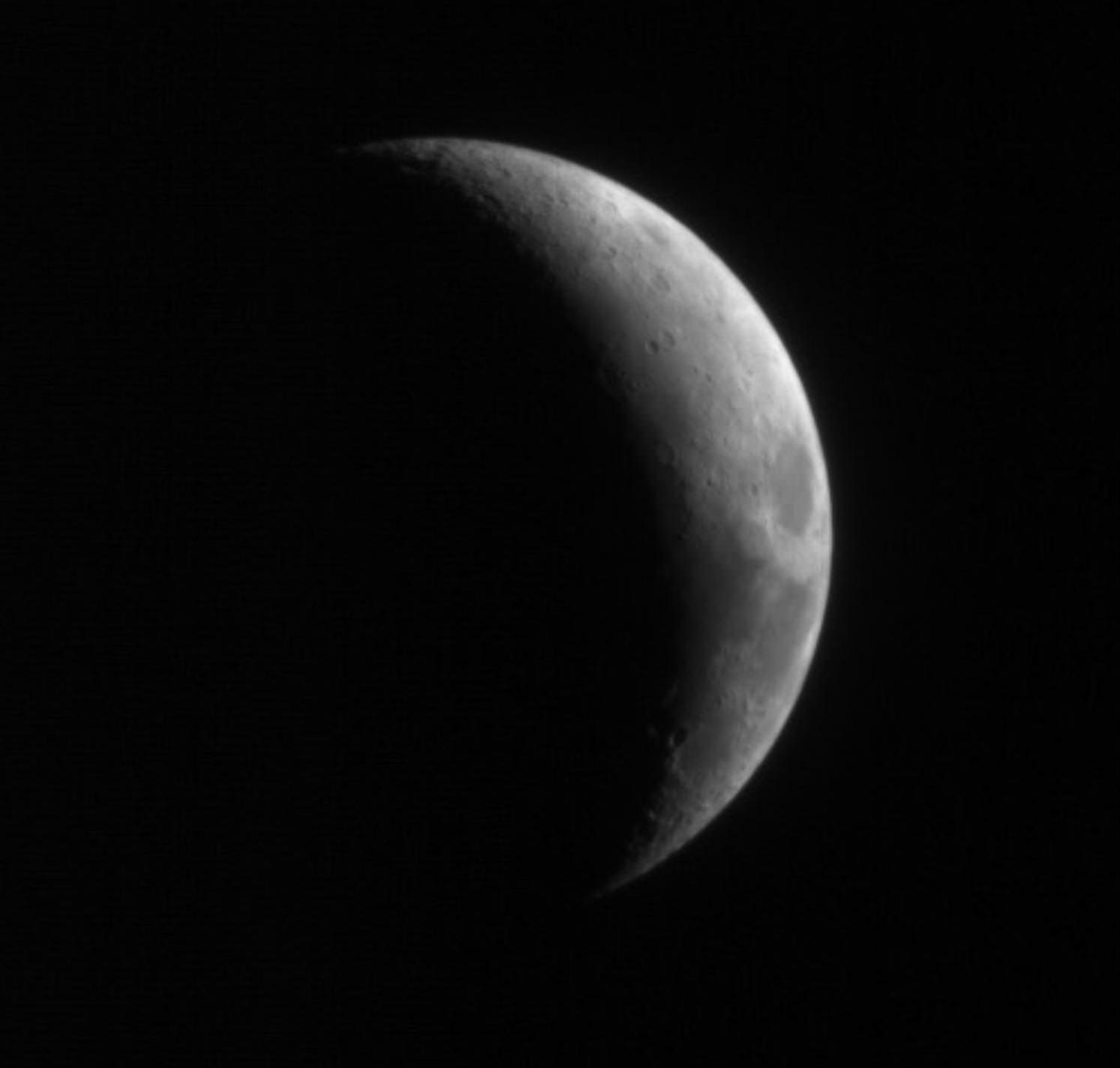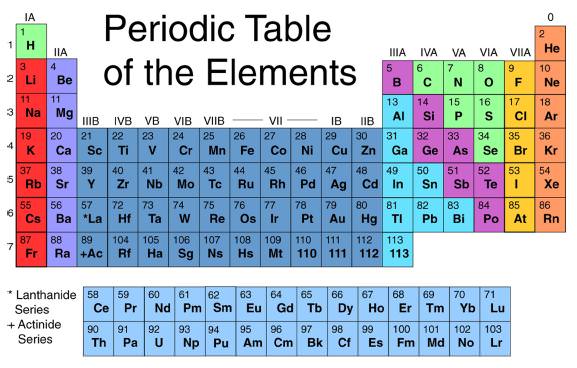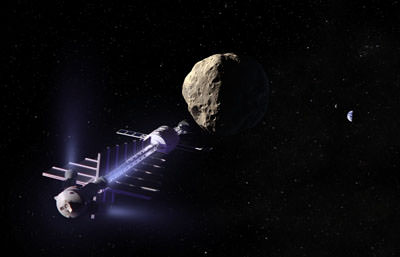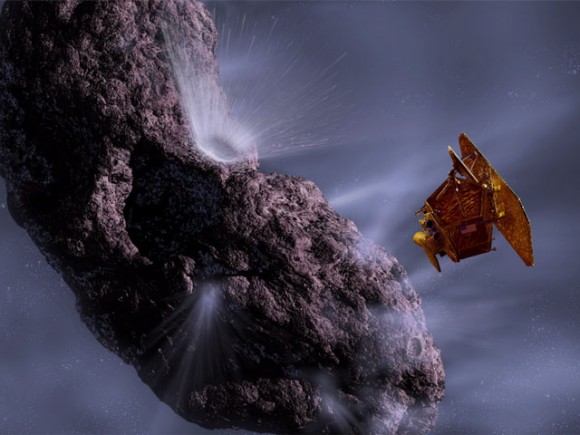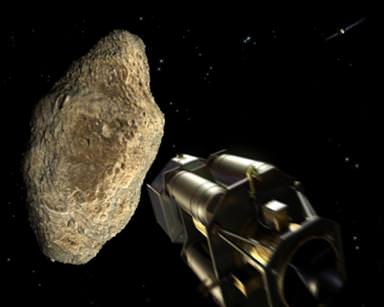[/caption]
The Sahelian-drought, that began in 1968 and took place in sub-Saharan Africa, was responsible for the deaths of between 100,000 to 250,000 people, the displacement of millions more and the collapse of the agricultural base for several African nations. In North America during the 1930’s, parts of the Canadian Prairies and the “Great Planes” in the US turned to dust as a result of drought and poor farming practices. This “Dust Bowl” forced countless farmers to abandon their farms and way of life and made a fragile economic situation even worse. In both cases, a combination of factors led to the process known as Desertification. This is defined as the persistent degradation of dryland ecosystems due to natural and man-made factors, and it is a complex process.
Desertification can be caused by climactic variances, but the chief cause is human activity. It is principally caused by overgrazing, overdrafting of groundwater and diversion of water from rivers for human consumption and industrial use. Add to that overcultivation of land which exhausts the soil and deforestation which removes trees that anchor the soil to the land, and you have a very serious problem! Today, desertification is devouring more than 20,000 square miles of land worldwide every year. In North America, 74% of the land in North America is affected by desertification while in the Mediterranean, water shortages and poor harvests during the droughts of the early 1990s exposed the acute vulnerability of the Mediterranean region to climatic extremes.
In Africa, this presents a serious problem where more than 2.4 million acres of land, which constitutes 73% of its drylands, are affected by desertification. Increased population and livestock pressure on marginal lands have accelerated this problem. In some areas, where nomads still roam, forced migration causes these people to move to new areas and place stress on new lands which are less arid and hence more vulnerable to overgrazing and drought. Given the existing problems of overpopulation, starvation, and the fact that imports are not a readily available option, this phenomenon is likely to lead to greater waves of starvation and displacement in the near future.
Against this backdrop, the prospect of a major climate change brought about by human activities is a source of growing concern. Increased global mean temperatures will mean more droughts, higher rates of erosion, and a diminished supply land water; which will seriously undermine efforts to combat drought and keep the world’s deserts from spreading further. The effects will be felt all over the world but will hit the equatorial regions of the world especially hard, regions like Sub-Saharan Africa, the Mediterranean, Central and South America, where food shortages are already a problem and are having serious social, economic and political consequences.
We have written many articles about desertification for Universe Today. Here’s an article about the largest desert on Earth, and here’s an article about the Atacama Desert.
If you’d like more info on desertification, check out Visible Earth Homepage. And here’s a link to NASA’s Earth Observatory.
We’ve also recorded an episode of Astronomy Cast all about planet Earth. Listen here, Episode 51: Earth.
Sources:
http://en.wikipedia.org/wiki/Desertification
http://www.greenfacts.org/en/desertification/index.htm
http://archive.greenpeace.org/climate/science/reports/desertification.html
http://pubs.usgs.gov/gip/deserts/desertification/
http://didyouknow.org/deserts/
http://en.wikipedia.org/wiki/Overdrafting


